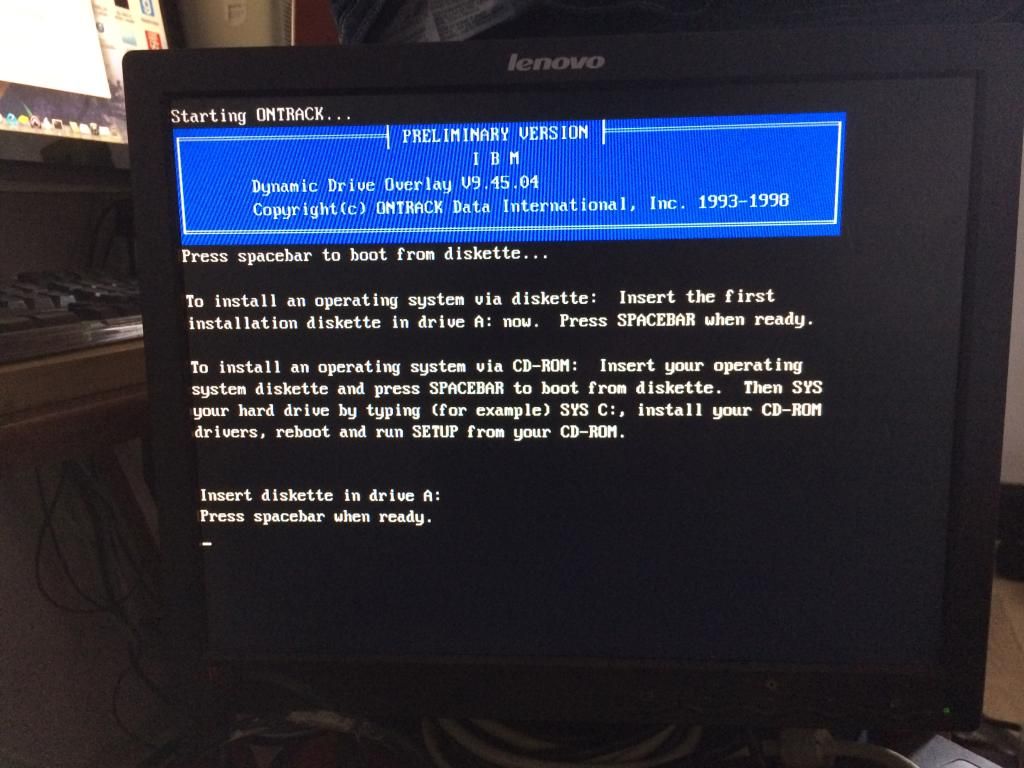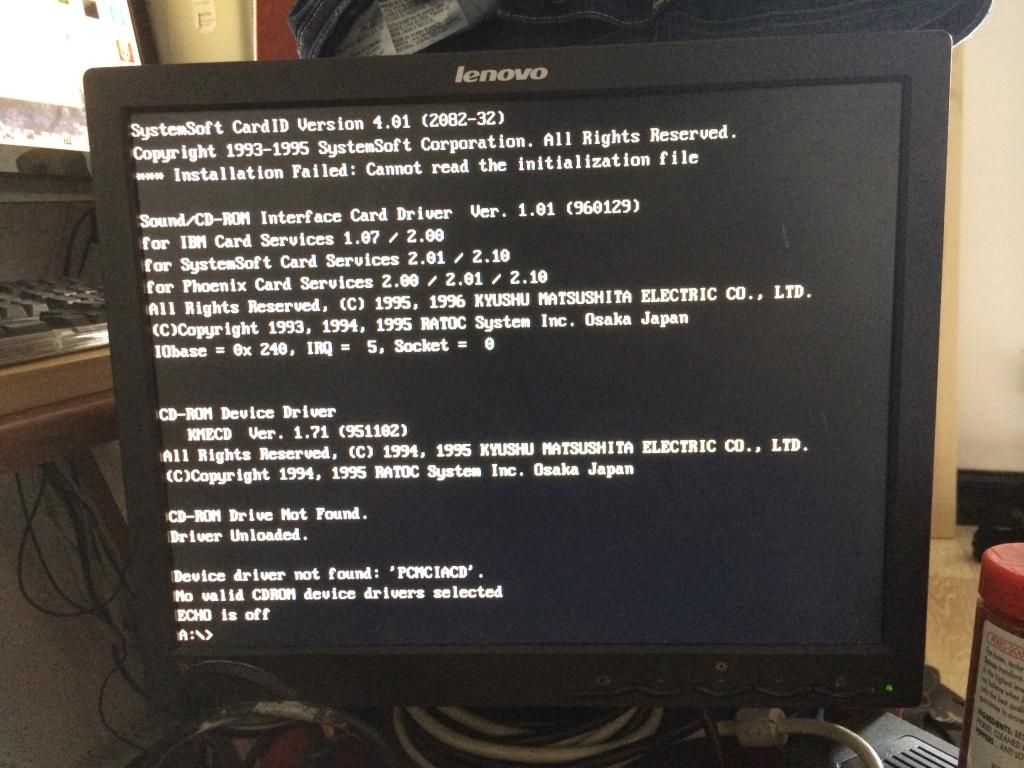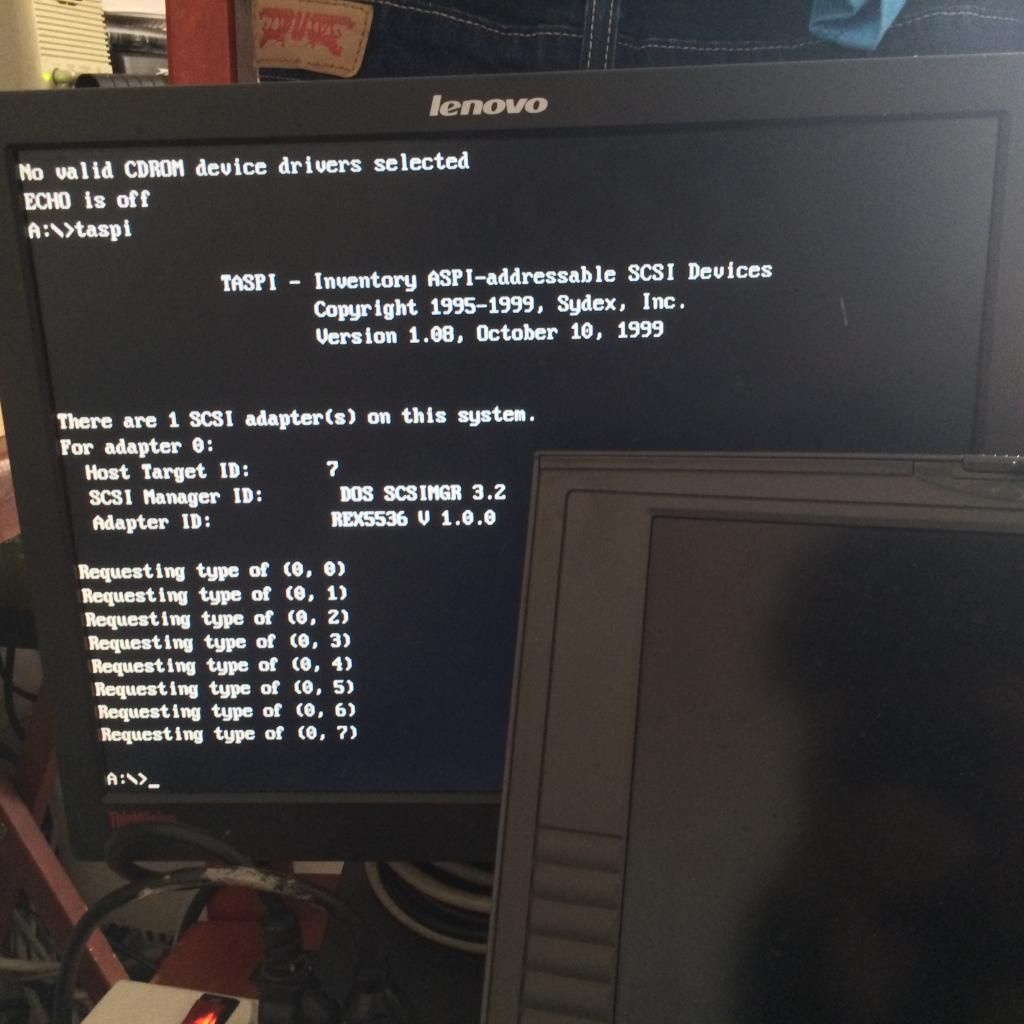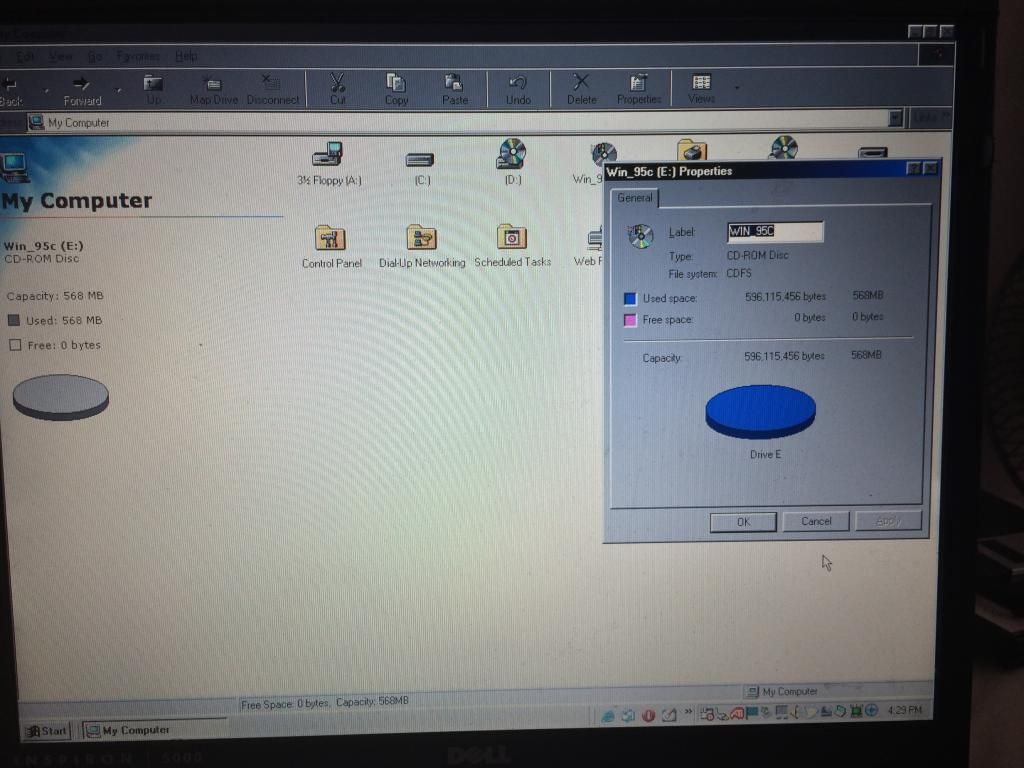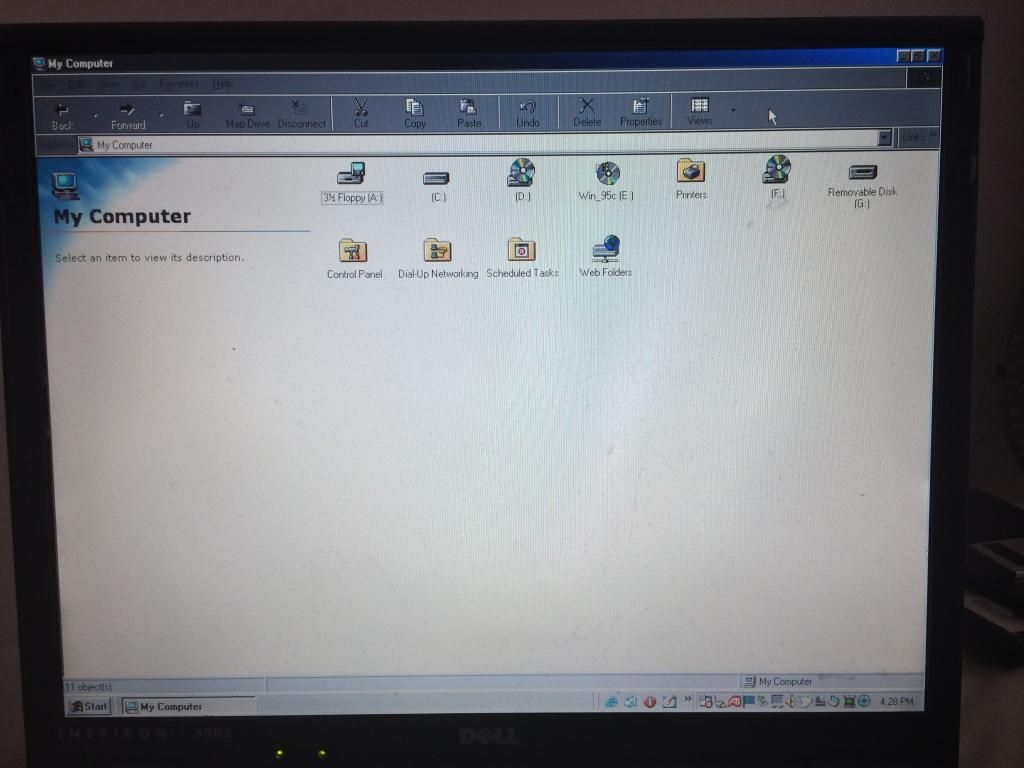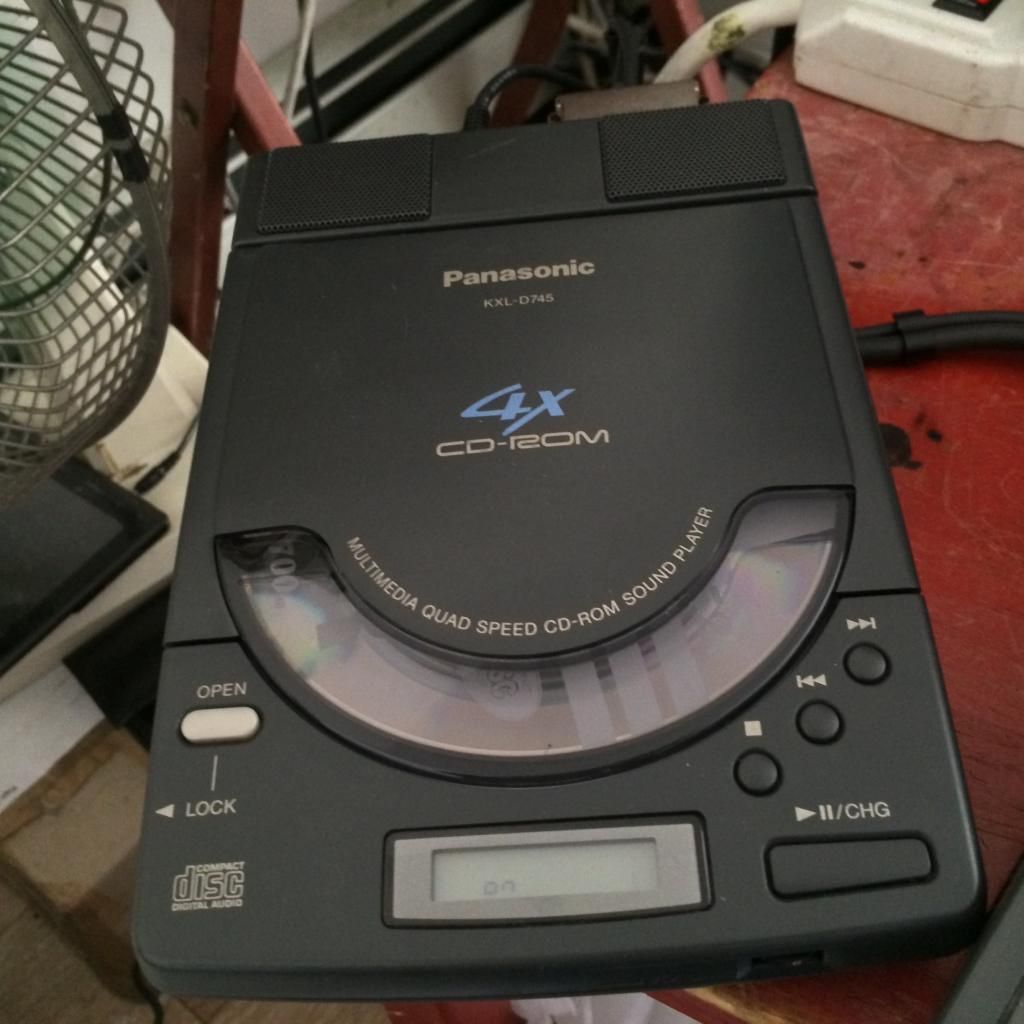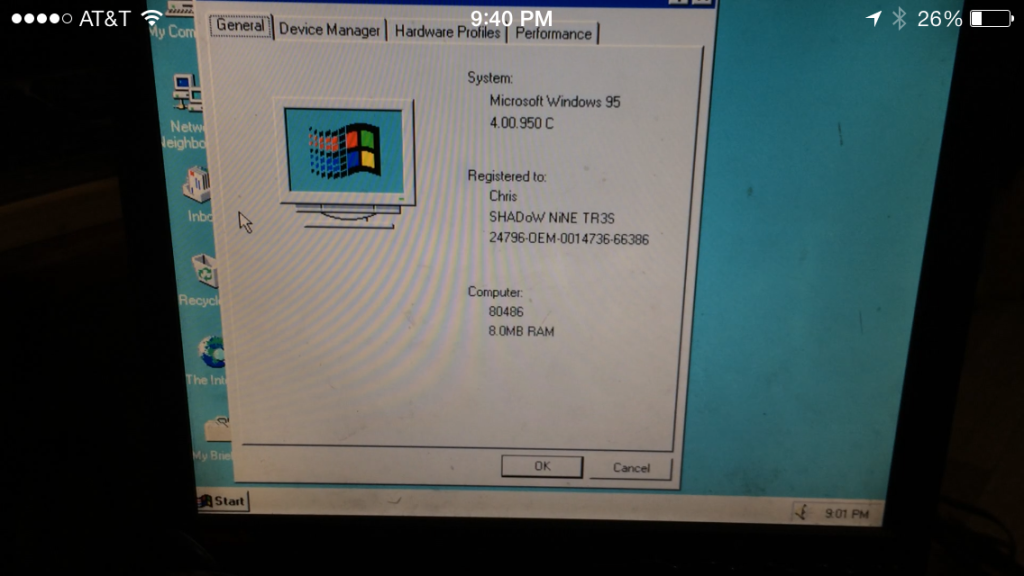[Chris]
Experienced Member
So here's the deal, i upgraded the stock 450MB Seagate HDD to a 20GB IBM TravelStar with the OnStar DDO. Once i boot, it states that in order to install Windows 95 OSR 2.5 from a CD, i would need a startup floppy with the necessary CD-ROM drivers, and i only have a Panasonic external CD-ROM drive which has a PCMCIA SCSI/Sound card.
While i am aware that i cannot directly boot from the PCMCIA slot, i have attempted to modify a Windows 98 SE boot floppy to try to load the PCMCIA card driver and the CD-ROM driver. I don't know if there's anything else needed or what am i doing wrong.
Now the instructions on booting the Windows 95 Setup CD from the Panasonic CD-ROM shows this:
And to configuring the drivers for DOS:
This is what my config.sys looks like for the boot floppy:
The chipset on the Targa for the PCMCIA slots is a Cirrus Logic CL-PD6720-QC-B, so i don't know if i need the DOS driver for the drivers to load properly, or where am i doing wrong or what am i missing?
Screenshots of the folder containing the files for the CD-ROM, and the disk contents:
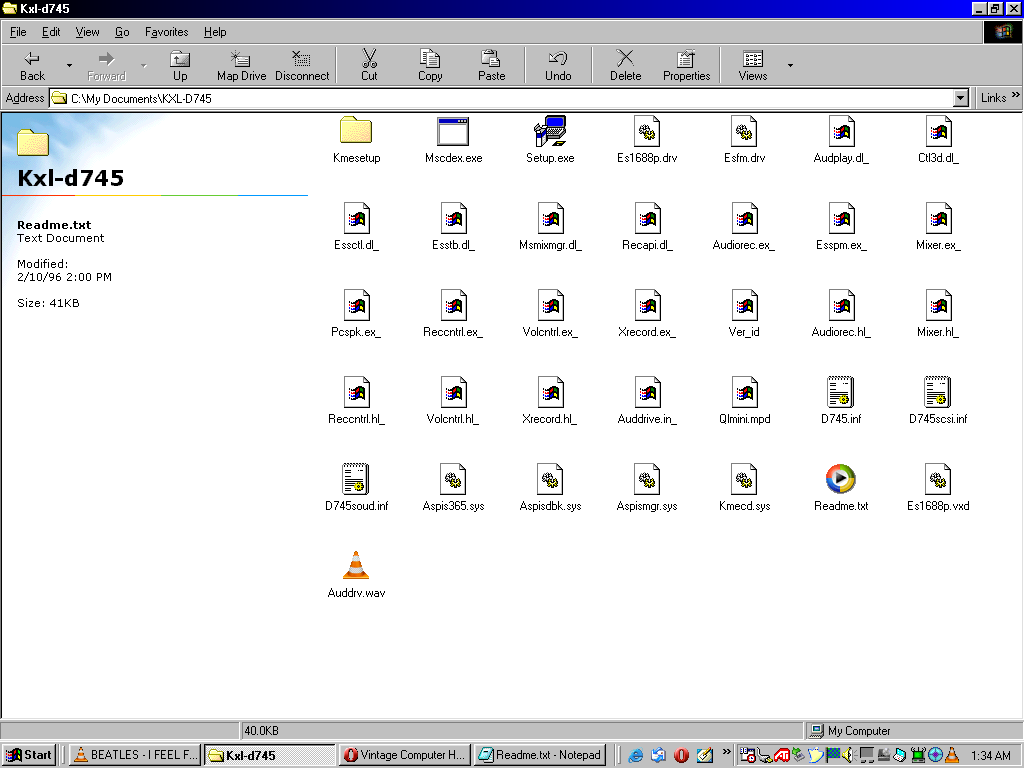
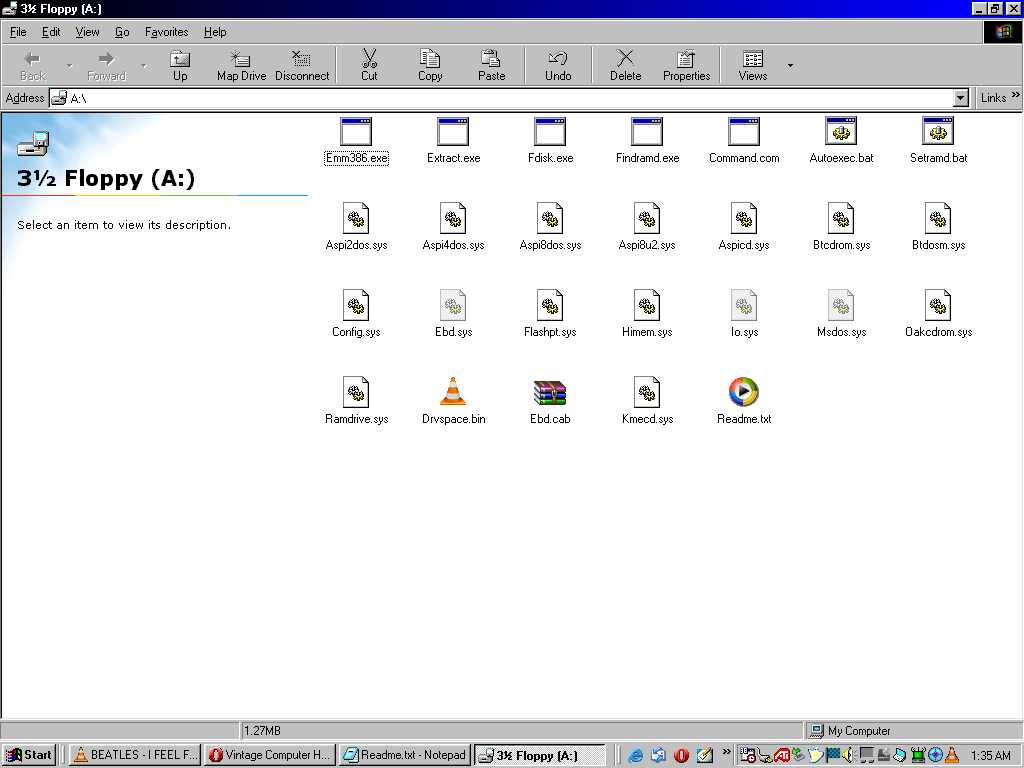
Laptop PCMCIA ports & the CD-ROM drive
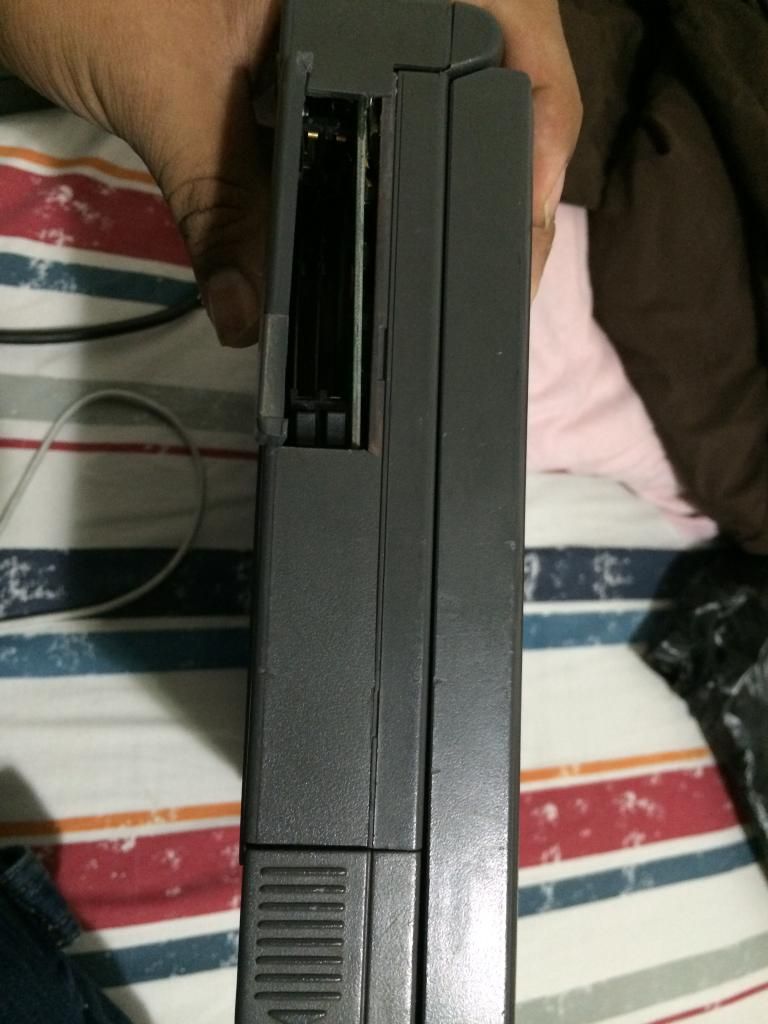

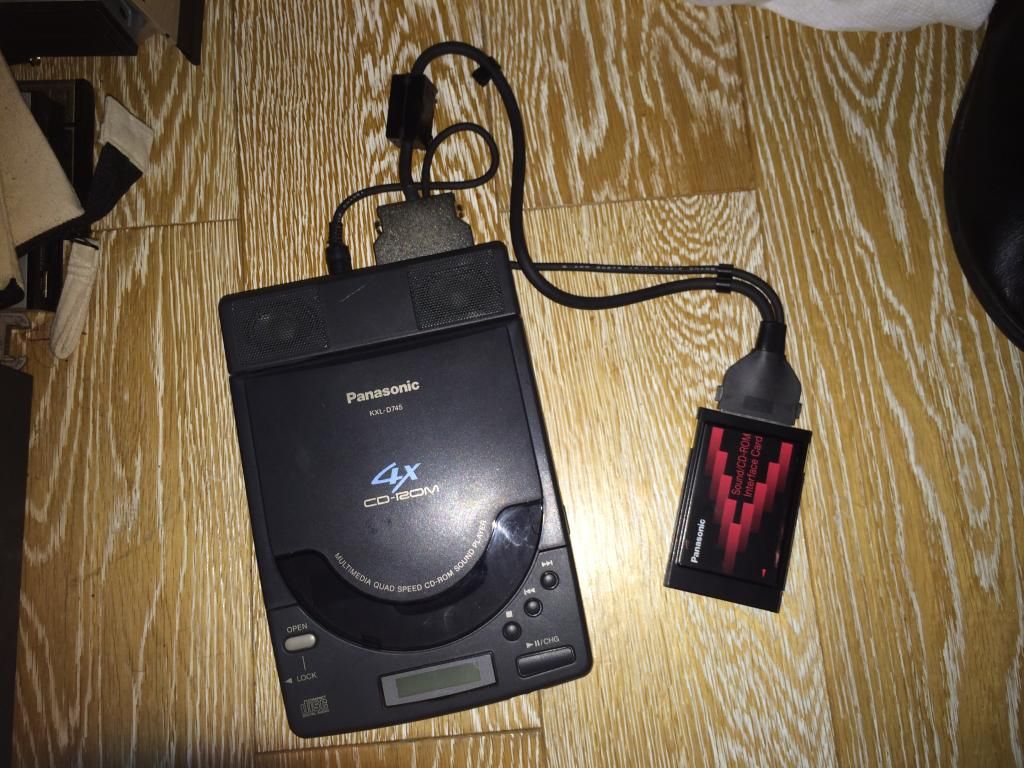
EDIT: Not sure if this may belong to the software section even though the focus is to get the CD-ROM drive & card drivers working from a boot floppy so that the hardware is recognized properly.
While i am aware that i cannot directly boot from the PCMCIA slot, i have attempted to modify a Windows 98 SE boot floppy to try to load the PCMCIA card driver and the CD-ROM driver. I don't know if there's anything else needed or what am i doing wrong.
Now the instructions on booting the Windows 95 Setup CD from the Panasonic CD-ROM shows this:
(16) Installing Windows 95 using CD-ROM player
(A) Installing Windows 95 using the KXL-D745
1. Install KXL-D745 DOS Driver.
2. Reboot system.
3. Insert Windows 95 CD-ROM in KXL-D745.
4. Run Windows 3.1(3.11) and run SETUP.EXE from Windows 95 CD-ROM
or run SETUP.EXE in DOS if Windows 3.1(3.11) is not present.
5. Windows 95 installation will complete; however,
the KXL-D745 DOS driver will currently be in use by Windows 95.
This does not yield optimum performance;
hence, the KXL-D745 Windows 95 driver should be installed.
(See step 6)
And to configuring the drivers for DOS:
1 ASPI Manager
The following table lists the ASPI(Advanced SCSI Programming Interface)
managers available for the Sound/CD-ROM Interface Card.
(1) ASPISMGR.SYS
For the case when the computer has both Card Service and
Socket Service.
(2) ASPISDBK.SYS
For the case when the computer has only Databook CardTalk.
(3) ASPIS365.SYS
For the case when the computer has neither Card Service
nor Socket Service. This Driver directly controls the PCMCIA
controller chip(Intel i82365 100% compatible LSI).
1-1 Command Line Options
DEVICE = <path>\ASPISMGR.SYS [/PORT=<I/O base address>]
[/SOCKET=<slot No.>] [/INT=<IRQ level>] [/ADLIB] [/BOFF]
DEVICE = <path>\ASPISDBK.SYS [/PORT=<I/O base address>]
[/SOCKET=<slot No.>] [/INT=<IRQ level>] [/MEM=<base address>]
[/ADLIB]
DEVICE = <path>\ASPIS365.SYS [/PORT=<I/O base address>]
[/SOCKET=<slot No.>] [/INT=<IRQ level>] [/MEM=<base address>]
[/ADLIB] [/I365RST]
/PORT=XXX
Since an I/O port is needed for the Sound/CD-ROM Interface Card,
add this line and specify the base address at XXX using
a hexadecimal number. The Sound/CD-ROM Interface Card occupies
32 bytes of space starting with the specified base address.
The factory setting is 240h(ASPISDBK.SYS is 280h).
If the specified address is already being used, specify another
base address from the following addresses. Also, depending on the
computer, the I/O port may need to be specified in the Card Manager
(ASPISMGR.SYS, ASPISDBK.SYS). Refer to your computer manual.
220 240 260 280
(220h, 240h is not available in ASPISDBK.SYS)
/SOCKET=X
When you are using a personal computer with more than two PC
Card slots, add this line and specify the PC Card slot at X meaning
the PC Card slot you will insert the Sound/CD-ROM Interface Card in.
If you specify 0 or you don't specify the PC Card slot, the ASPI
manager searches all PC Card slots, and uses the first PC Card slot
available.
/ADLIB
ADLIB 388h-38Bh will be opened as second I/O port.
/INT=X
For IRQ, you may select: 3, 5, 7 or 10(A).
This option sets the IRQ level of the Sound/CD-ROM Interface Card
using a hexadecimal number. The factory setting is 5.
Make sure this number does not conflict with another device.
The IRQ level is not set without this option.
If you're using the SystemSoft Card Service, choose a number from
the "IRQ=" entries in the CSALLOC.INI file.
/MEM=XXXX (This option effective with ASPISDBK and ASPIS365 only)
Add this line and specify the memory space's base address to read
the card information by the segment address (hexadecimal number).
You need to exclude this specified address in the EMS "X" option
so that it will not overlap the region of EMS. If you don't specify
the base address, CE00 is applied, and 8 KB of memory from CE000
to CFFFF is used.
/BOFF (This option effective with ASPISMGR only)
Setting this option turns off the beep sound that is generated
when inserting or removing the Sound/CD-ROM Interface Card.
/I365RST (This option effective with ASPIS365 only)
After setting this option, PCMCIA controller chip(Intel i82365)
should be reset.
2 CD-ROM Device Driver
CD-ROM device driver conforms to ASPI.
2-1 Command Line Options
DEVICE = <path>\KMECD.SYS [/d:<DriverName>]
/d:<DriverName>
This option assigns a driver name to this CD-ROM drive.
The driver name is the identification string to "/d:" option
of MSCDEX.EXE. The internal name of KMECD.SYS is PCMCIACD.
3 MSCDEX.EXE
MSCDEX.EXE (Microsoft MS-DOS CD-ROM Extensions) enables your computer
to assign a logical drive number to your CD-ROM drive.
3-1 Command Line Options
<path>\MSCDEX.EXE /D:[DriverName] /L:[DriveLetter]
/D:[DriverName]
The driver name is a required parameter to communicate with the
CD-ROM drive. The internal name of KMECD.SYS is PCMCIACD, and
should be substituted for [DriverName].
/L:[DriveLetter]
The drive letter is an alphabetic character assigned to a CD-ROM
drive. If there is more than one CD-ROM drive, the alphabetic
characters are sequentially assigned starting with the entered
drive letter. If no drive letter is entered, the next available
alphabetic character is assigned.
This is what my config.sys looks like for the boot floppy:
[menu]
menuitem=CD, Start computer with CD-ROM support.
menuitem=NOCD, Start computer without CD-ROM support.
menuitem=HELP, View the Help file.
menudefault=CD,30
menucolor=7,0
[CD]
DEVICE=EMM386.EXE on 8192 min=4096 b=4000h L=0 a=7 h=64 d=16 verbose altboot
DEVICE =ASPIS365.SYS /PORT=240h /SOCKET=0 /INT=5 /MEM=CE00 /ADLIB /I365RST
DEVICE=KMECD.SYS /dCMCIACD
device=himem.sys /testmemff
device=oakcdrom.sys /D:mscd001
device=btdosm.sys
device=flashpt.sys
device=btcdrom.sys /D:mscd001
device=aspi2dos.sys
device=aspi8dos.sys
device=aspi4dos.sys
device=aspi8u2.sys
device=aspicd.sys /D:mscd001
[NOCD]
device=himem.sys /testmemff
[HELP]
device=himem.sys /testmemff
[COMMON]
files=10
buffers=10
dos=high,umb
stacks=9,256
devicehigh=ramdrive.sys /E 2048
lastdrive=z
The chipset on the Targa for the PCMCIA slots is a Cirrus Logic CL-PD6720-QC-B, so i don't know if i need the DOS driver for the drivers to load properly, or where am i doing wrong or what am i missing?
Screenshots of the folder containing the files for the CD-ROM, and the disk contents:


Laptop PCMCIA ports & the CD-ROM drive



EDIT: Not sure if this may belong to the software section even though the focus is to get the CD-ROM drive & card drivers working from a boot floppy so that the hardware is recognized properly.
Last edited:

